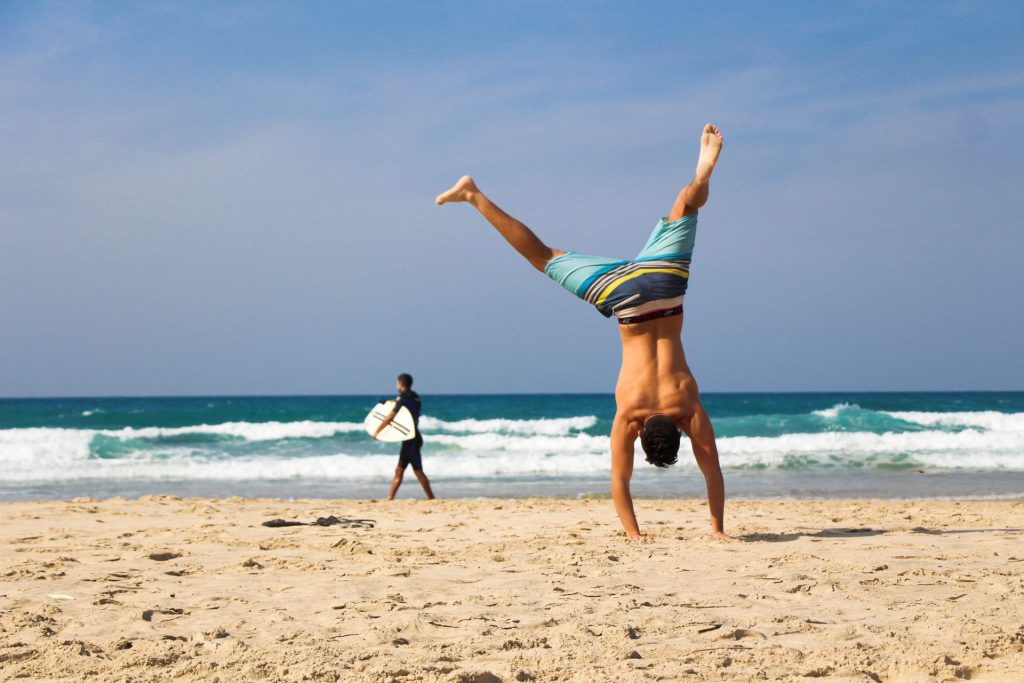Summer is here, and we expect everyone will be busy hitting the beach. Amongst the few beach games that everyone loves, beach volleyball remains to be one of the favorites that everyone plays. But while you are busy having fun, it is important to take care of your body. Most common beach volleyball injuries happen due to ignorance of the dangers that could potentially arise so knowing these common beach volleyball injuries beforehand would arm you with the knowledge to deal with them should they arise.
Ankle Sprains
One area where beach volleyball is arguably more dangerous than regular volleyball is the aspect of uneven ground. Beach volleyball, played on sand, has an uneven terrain that makes volleyballers more prone to spraining their ankles, especially after landing from a jump.
To prevent spraining your ankle during games, always get familiar with the playing area and warm up before starting a match. Additionally, conditioning the lower body through exercises to strengthen the ligaments in the ankles would increase the stability of your landings, preventing ankle sprains.
Finger Tendon and Ligament Injuries
Finger tendon and ligament injuries are especially common because of the frequency when the ball makes contact with a player’s fingers. Adding in other factors such as a fatigue, impact from the ball can inadvertently cause “jammed” fingers during blocking, or setting of the volleyball.
Prevention of finger injuries are often inevitable, but options on the market include wearing wraps or tapes around the joints of one’s fingers to strengthen the ligaments and tendons.
Jumpers Knee (Patellar Tendonitis)
Although sand is a much softer surface compared to hardwood floor, many beach volleyball injuries revolving around the knees still occur. This is because most of the injuries come from the repetitive motion of jumping and landing, resulting in inflammation of the patella tendon in the knee.
To prevent jumper’s knee from occurring, always warm up adequately before games and wear knee wraps to limit the range of motion in your knees, preventing pre-existing injuries from occurring.
Lower Back Injuries
Many lower back injuries that occur from volleyball are a result of the landing impact after repetitive jumping or due to uneven terrain. Although it is true that occurrences of this injury are much lower compared to other sports, lower back injuries in the form of sprains and strains do occur in beach volleyball.
Warming up is essential before the game and refrain from diving for the ball, especially if you have pre-existing lower back injuries.
Rotator Cuff Injury
The spiking motion during volleyball along with constant overhead motions of the shoulders put volleyballers at a higher risk of encountering rotator cuff injuries. More often than not, players encounter an inflamed tendon due to overuse and the injury heals quickly on its own without surgical intervention.
With that being said, proper warming up and strengthening exercises of the shoulders are needed to prevent an onset of a rotator cuff injury.
Should you, be injured from beach volleyball, it is reminded that you should visit a medical practitioner or physical therapist immediately to prevent further worsening of the injury. Practicing RICE (rest, ice, compression, elevation) immediately after, on an inflamed area is also advised. Stay safe and enjoy your summer while keeping fit and healthy!






